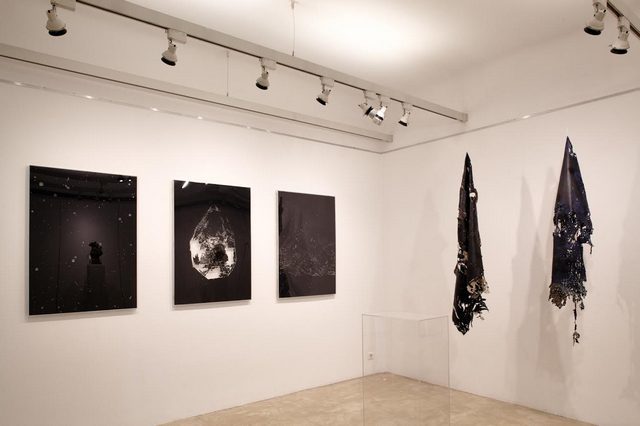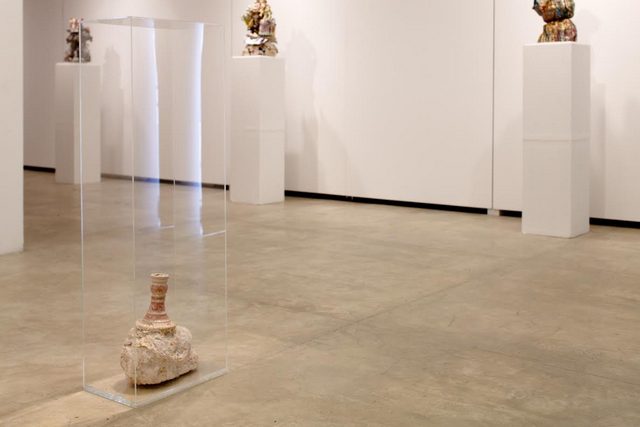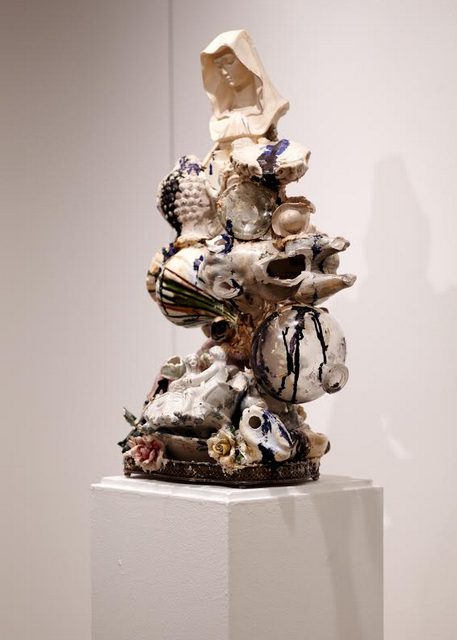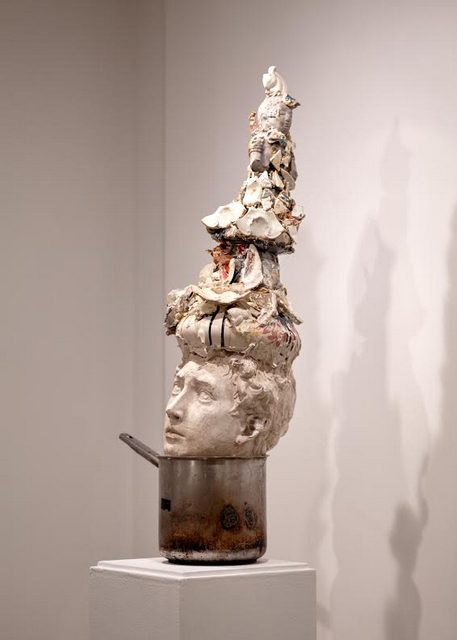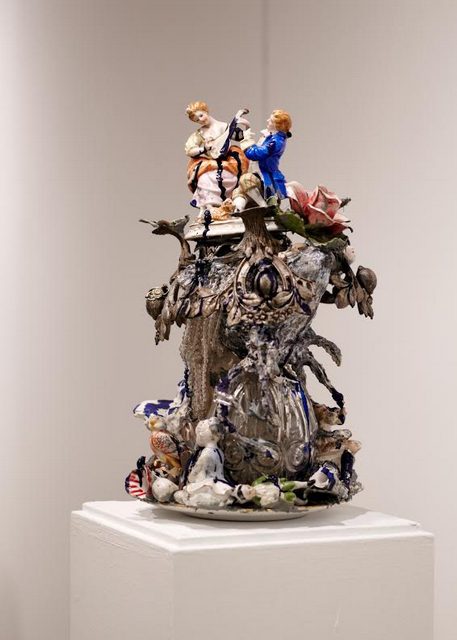NEW ARTWORKS: Alice Palaska
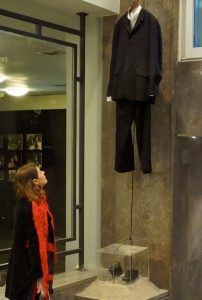 This column, is hosting new artworks, of younger and older artists who either are on exhibition this days or had recently been exchibited, in order to grope together with the artists all aspects of their work, just as in the case of Alice Palaska. Through her “Bazaars”, at the Martinos Antique, she composes a new world. The sculptures are emerging from decorative objects of the past and they are formulating in space, in order to contribute to the confabulation of the future…
This column, is hosting new artworks, of younger and older artists who either are on exhibition this days or had recently been exchibited, in order to grope together with the artists all aspects of their work, just as in the case of Alice Palaska. Through her “Bazaars”, at the Martinos Antique, she composes a new world. The sculptures are emerging from decorative objects of the past and they are formulating in space, in order to contribute to the confabulation of the future…
By Efi Michalarou
Photo: Alice Palaska Archive & Yiannis Theodoropoulos
Mrs. Palaska, in your exhibition, entitled “Bazaars” coexist sculptures from small items with white and black artworks of paper on plexiglas that reflect the sculptures. How did emerged this relationship in space?
In this work, my theme is the replica as presence. Reflection is related to the replica, which is something, different from the original. When we look our own reflection in different mirrors, we observe that always is a different image. The installation of the artworks in the space emerged from the curating of Christina Petrinou, who agree with me on the thoughts and concerns that exist behind the artworks.
The objects that you collected from bazaars to create your own Visual Bazaar carry strongly their own characteristics and semiology. How did you manage, although that some elements are unchanged, to create contemporary sculptures?
Perhaps the strong identity of these objects, prompted me to work with a parallel but completely different way from the one tat they had been manufactured initially, to delimit my relationship with them. My relationship with these objects (some of them were stored for a long time, I had not found them until recently), was not longer alive, after they had stopped to be useful to me and had begun to accumulate. Therefore, I decided to disaffiliate them by reconstructing them.
All these figurines, fixtures and the objects mark the middle class of Greece, but this class has a limit, these objects did not passed to the future generations, they rejected them, since they represent the taste of other times. What happens with this series of works, is completed, is finished or is continued?
Is finished forever, with a few more works from this series. For me, 24 sculptures that resulted from a reconstruction it enough, because I do not want to find myself in a state of Mannerist deadlock and accumulate again, preventing a change in my progress.
All the elements from the particular small items are familiar to us. How important is it for you, as an artist the detection of the boundaries of the conversational and non-conversational?
Someone moves in the space between conversational and non-conversational, scouting all his life. Conversational is the space I can work creatively but non- conversational is the space that leads me in other paths. All these are related also with the reflection in the mirror. My reflection on the mirror is not so familiar eventually.
However, and the private space also, since it seems that you have visited homes of friends and acquaintances and you retrieved objects from the past, creating private content stories with public character, element that characterizes art, particularly contemporary art.
The private space is not only identified with familiar space and vice versa.It is good that these objects “transformed” into something else, because through this work, became familiar and show their peculiar presence, how strange they were to me, until I composed them together with my own way.
You choose to present this exhibition, in the physical space of the objects, in an Antique shop and not in a Gallery. Τhe space and its self-referentiality, played a role in the creation and the development of the artworks?
When these works are hosted at the specific site, powerful identifications-contradictions are created. It is a way to exhibit them, another way maybe is inside the sand.
What is the role of the bazaars in the game of art? What are the limits? Finally who is the winner and who the loser? If there is a sense of defeat.
The sense of defeat can be subjective and relative. However, if we assume that it is objective, maybe is good sometimes to lose. However in civilized confrontation conditions usually wins the weaker.
Info: ’’Bazaars’’, Curating: Christina Petrinou, Martinos Antiques, 24 Pindarou Str., Kolonaki, Athens, Duration: 25/11-27/12/14, Days & Hours: Mon-Wed-Sat: 9:00-15:00, Thu-The-Fri:9:00-21:00, www.martinosart.gr

